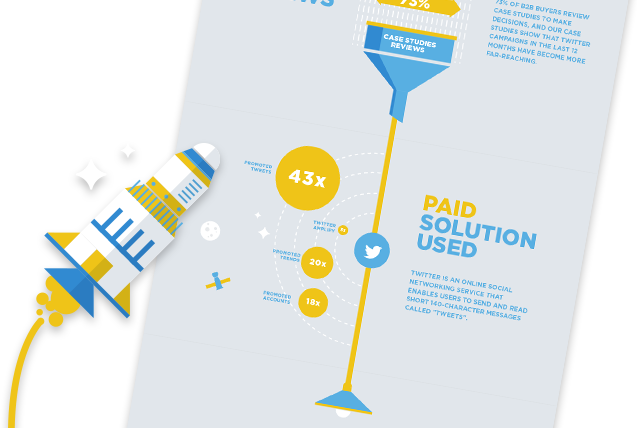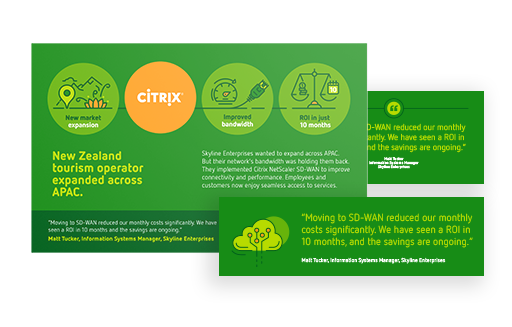Customer-centric approaches in business have become increasingly essential for success. Understanding the distinctions between customer marketing, customer advocacy, customer reference, and customer evidence is vital for companies to effectively prioritize tactics. This article will explore the key differences, provide examples, and offer insights to help your business develop strong relationships with your customers. We’ll also share practical tips for marketing professionals to excel in each area.
Customer Advocacy: Putting the Customer First
Customer advocacy is about putting customer needs first and ensuring that your customers truly succeed with your products and services. It emphasizes the importance of supporting customers and ensuring their needs are met. Companies with a customer advocacy mindset continuously seek new ways to help their customers.
An example of customer advocacy is a software company that invests in top-tier customer support, providing prompt, personalized assistance to address user issues. This approach not only resolves customers' problems but also creates memorable experiences with the brand, transforming them into passionate advocates who promote the business to their networks.
Practical Tips to nurture Customer Advocacy:
- Develop a company-wide customer-first culture that prioritizes customer needs and satisfaction. Encourage employees to adopt a customer-centric approach in all their interactions and decision-making processes.
- Implement customer feedback loops to regularly gather customer feedback through surveys, reviews, or social media monitoring to identify areas for improvement and adjust your strategies accordingly.
- Empower customer support teams with the necessary tools, resources, and training to provide exceptional customer service. Encourage them to go above and beyond to address customer issues and concerns.
- Create a customer community for your customers to connect, share experiences, and provide feedback. This sense of belonging can foster brand loyalty and encourage customers to become advocates.
Customer Marketing: Building Loyalty and Enthusiasm
Customer marketing is tailored to appeal to existing customers, aiming to retain them, foster loyalty, and turn them into evangelists. It focuses on marketing additional products and services to your established customer base.
For instance, a SaaS company might offer exclusive webinars, resources, or discounts to its existing customers, encouraging them to upgrade to a higher-tier subscription or purchase additional features.
Practical tips to get better at Customer Marketing:
- Personalize your communications to address customers' unique needs and preferences. Use data and analytics to understand their behavior and tailor your messaging accordingly.
- Segment your customers based on common attributes, such as purchase history, engagement level, or type of challenge, to create targeted marketing campaigns that resonate with each segment.
- Reward your loyal customers with special promotions, discounts, or early access to new products and services. These incentives strengthen customer relationships and encourage repeat business.
- Engage customers in product development: Involve your customers in the development of new products or features by soliciting their feedback and ideas. This involvement can increase their sense of loyalty and investment in your brand.
Customer Reference: Leveraging Satisfied Customers to Win New Business
Customer references are employed to accelerate deals and secure new business. A customer reference contact is an individual who uses your product or service and is willing to provide a positive testimonial. These references are shared in various ways throughout the buyer's journey to expedite deals.
For instance, a software company might ask a satisfied customer to participate in a peer-to-peer call with a prospect, discussing the successful solution they implemented together. This testimonial serves as a customer reference, providing social proof that can encourage potential customers to choose the software company.
A key distinction between a customer reference contact and a customer advocate is their proactivity. While reference contacts participate in reference activities upon request, customer advocates are so enthusiastic about your business that they proactively promote your organization, products, and services.
Practical tips for managing Customer Reference activities:
- Reach out to satisfied customers who have had positive experiences with your products or services, gauge their willingness to share their stories and participate in reference activities. Create a list or database to ensure you have accurate information on the type of activities they’re willing to engage in, their use of products and services, the last time you’ve asked them to refer you, etc.
- Create a structured customer reference program to manage customer reference activities, including tracking participation, monitoring results, and updating ever-green content regularly.
- Encourage customer reference contacts to participate by offering incentives such exclusive access to new features, or recognition in your marketing materials.
- Use different formats and channels to share customer references, such as peer-to-peer calls, event attendance, keynote presentations, demos, etc.
Customer Evidence: Showcasing the Value through the Voice of the Customer
Customer evidence is a persuasive form of content that demonstrates the value of your product or service through the voice of your customer. It can be presented in various formats, such as customer stories, case studies, testimonials, or recorded webinars, to establish your brand's credibility and exhibit your product or service's worth.
For example, an e-commerce platform could create a case study detailing how a small business owner experienced a significant increase in sales after implementing the platform's services. This customer evidence effectively communicates the platform's value and return on investment, helping to drive sales.
Integrating customer evidence into sales enablement content allows sales reps to leverage the customer's voice in showcasing the value of a product at each stage of the buyer's journey. This approach can facilitate up-selling, cross-selling, and renewals.
Practical tips to get the most out of your Customer Evidence:
- Regularly gather nominations for and produce success stories with your customers, focusing on specific challenges they faced and how your product or service helped them overcome those obstacles.
- Craft engaging, well-structured, high-quality content that clearly communicates the value of your product or service. Use visuals, quotes, and data to support claims and make the content more persuasive.
- Feature customer evidence prominently on your website, social media, and other marketing channels. This helps build trust with prospects and showcase the value.
- Equip your sales reps with the necessary customer evidence to effectively communicate your product or service's value to potential customers. Encourage them to use this evidence throughout the sales process, from initial conversations to final negotiations.
Understanding the differences between customer marketing, customer advocacy, customer reference, and customer evidence is essential for companies to effectively engage, retain, and grow their customer base. By implementing these customer-centric strategies and tips, your business can build strong relationships with your customers, leading to long-term success and growth.








